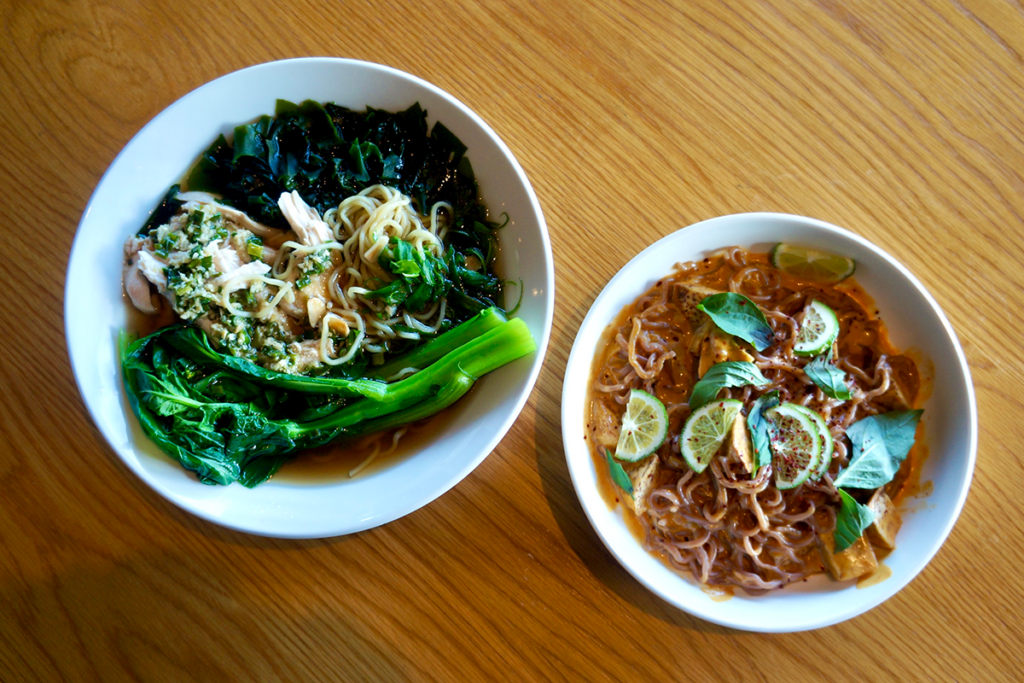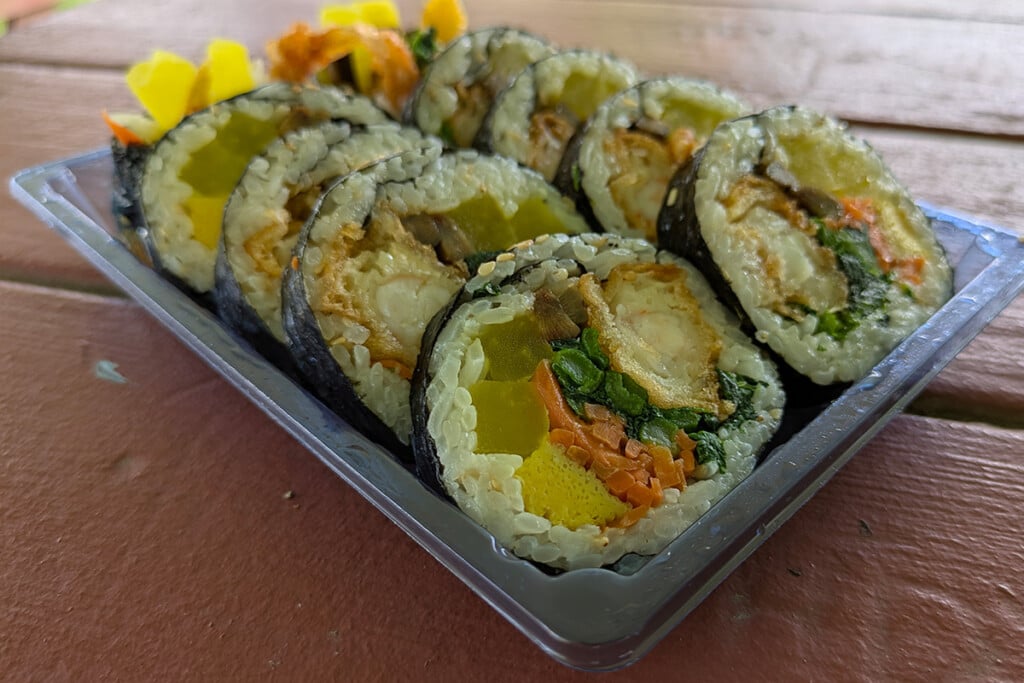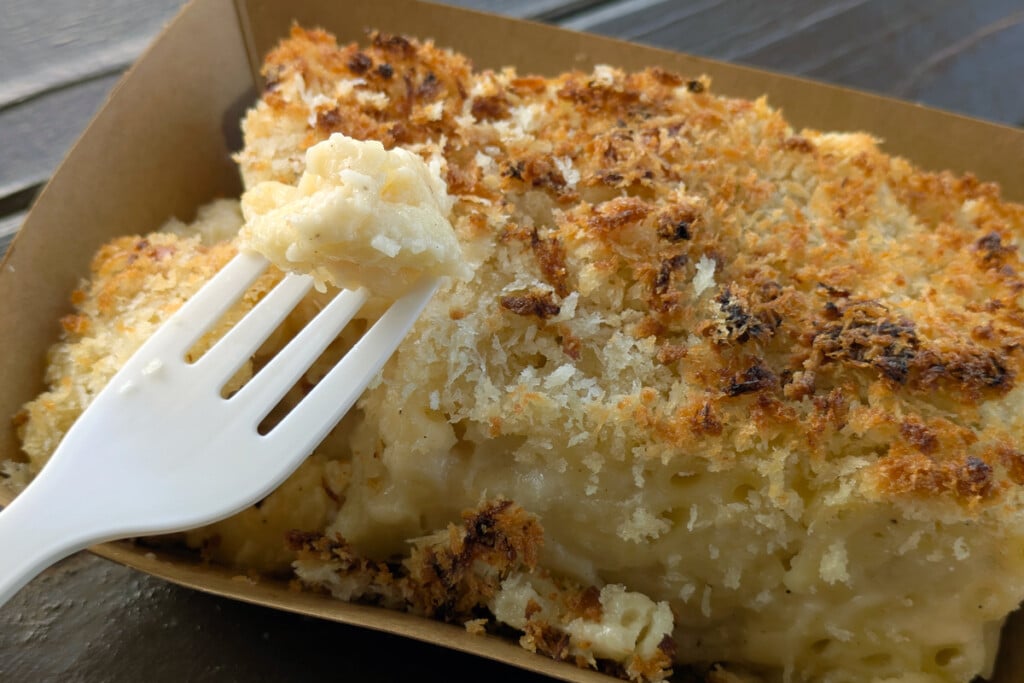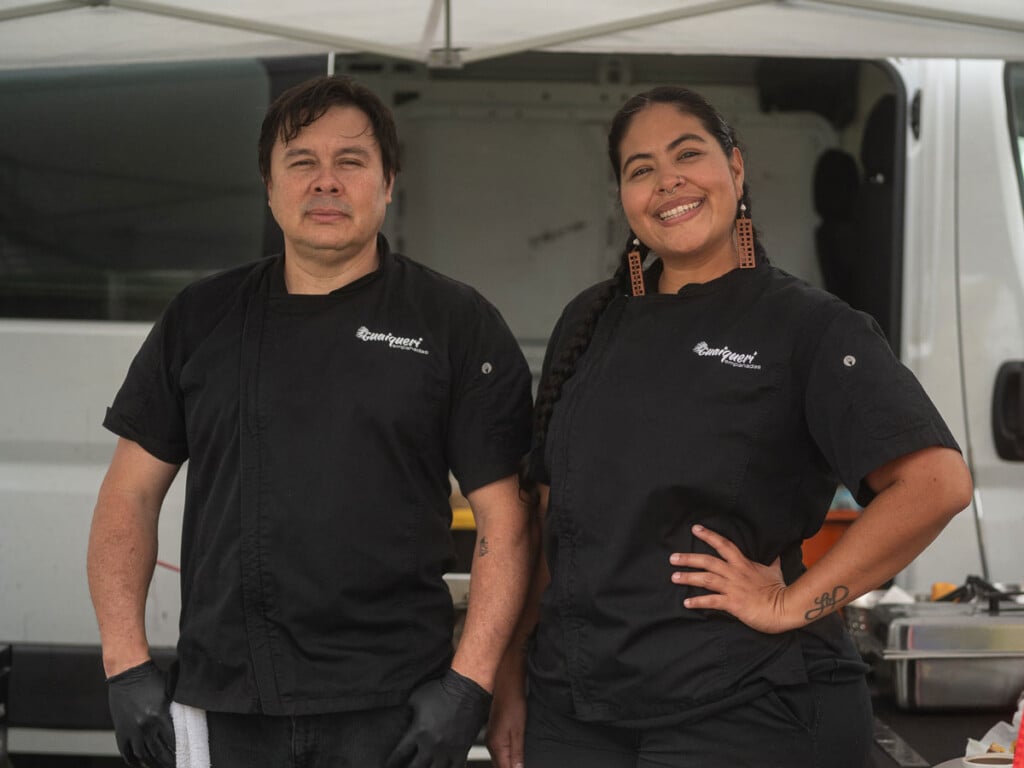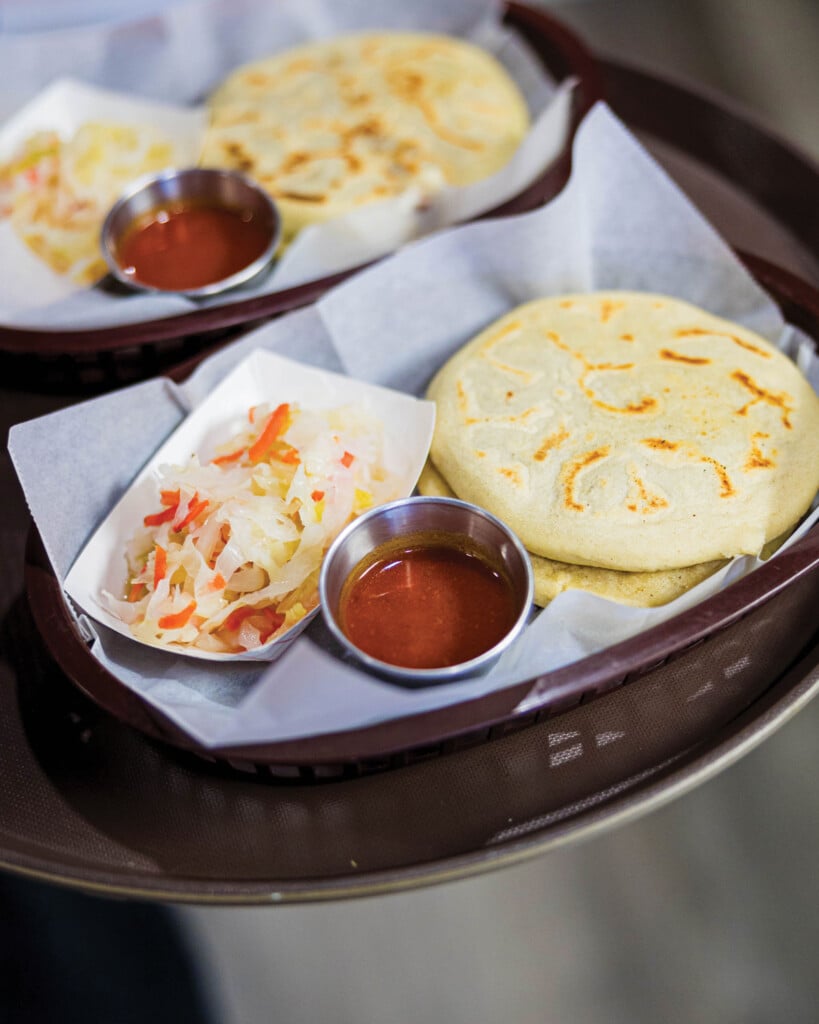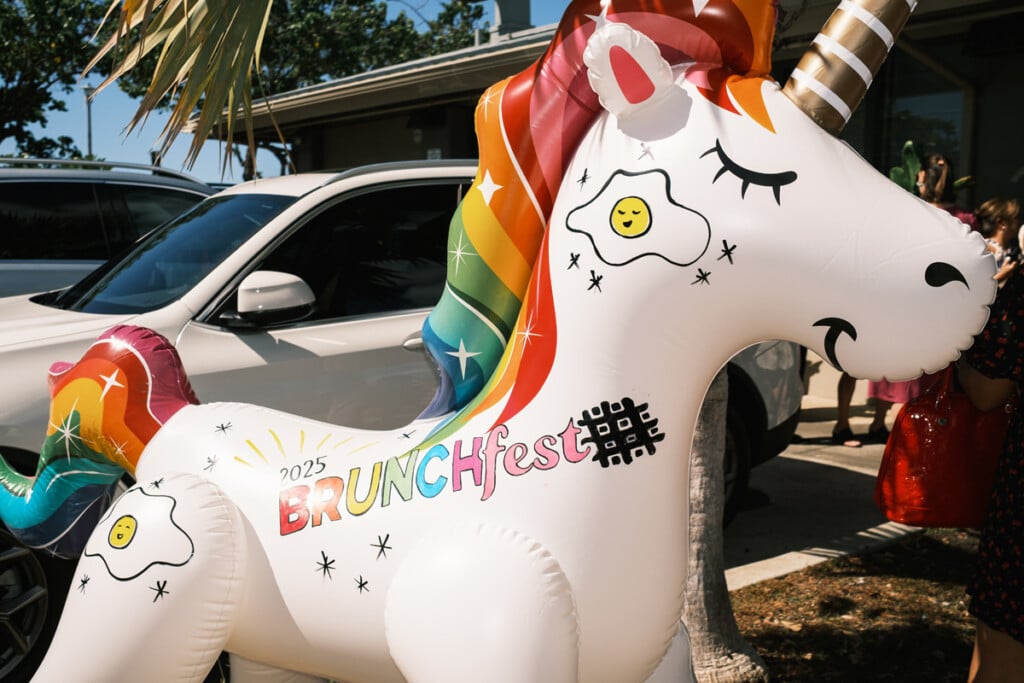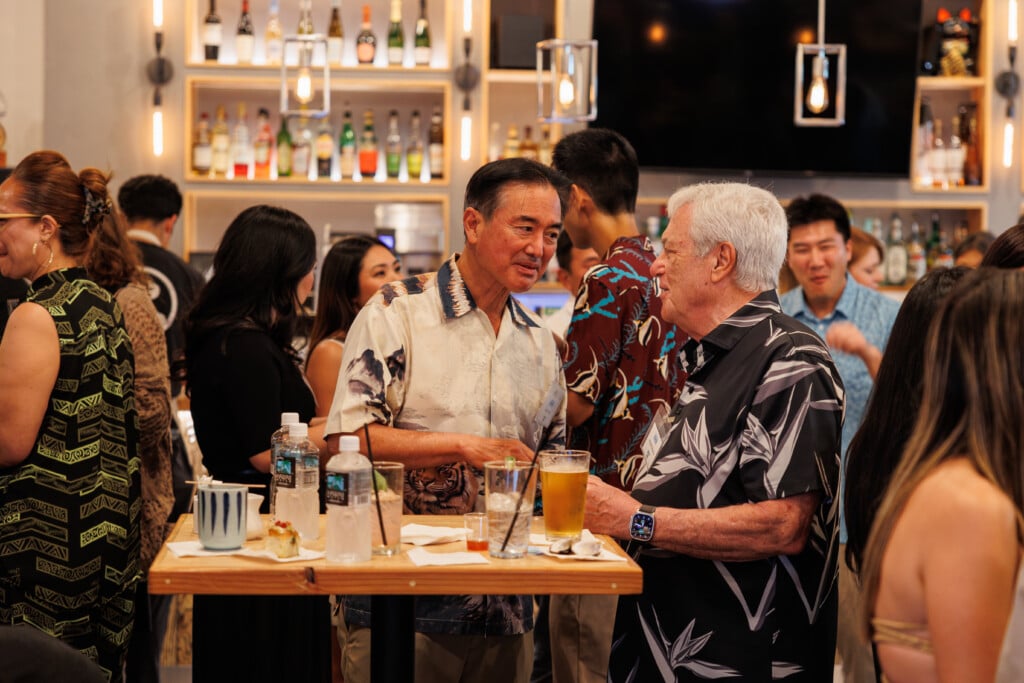Why Your Plate Lunch Is Becoming a Luxury
Is even casual dining out becoming unaffordable? Restaurateurs break down the rising cost of dining out.
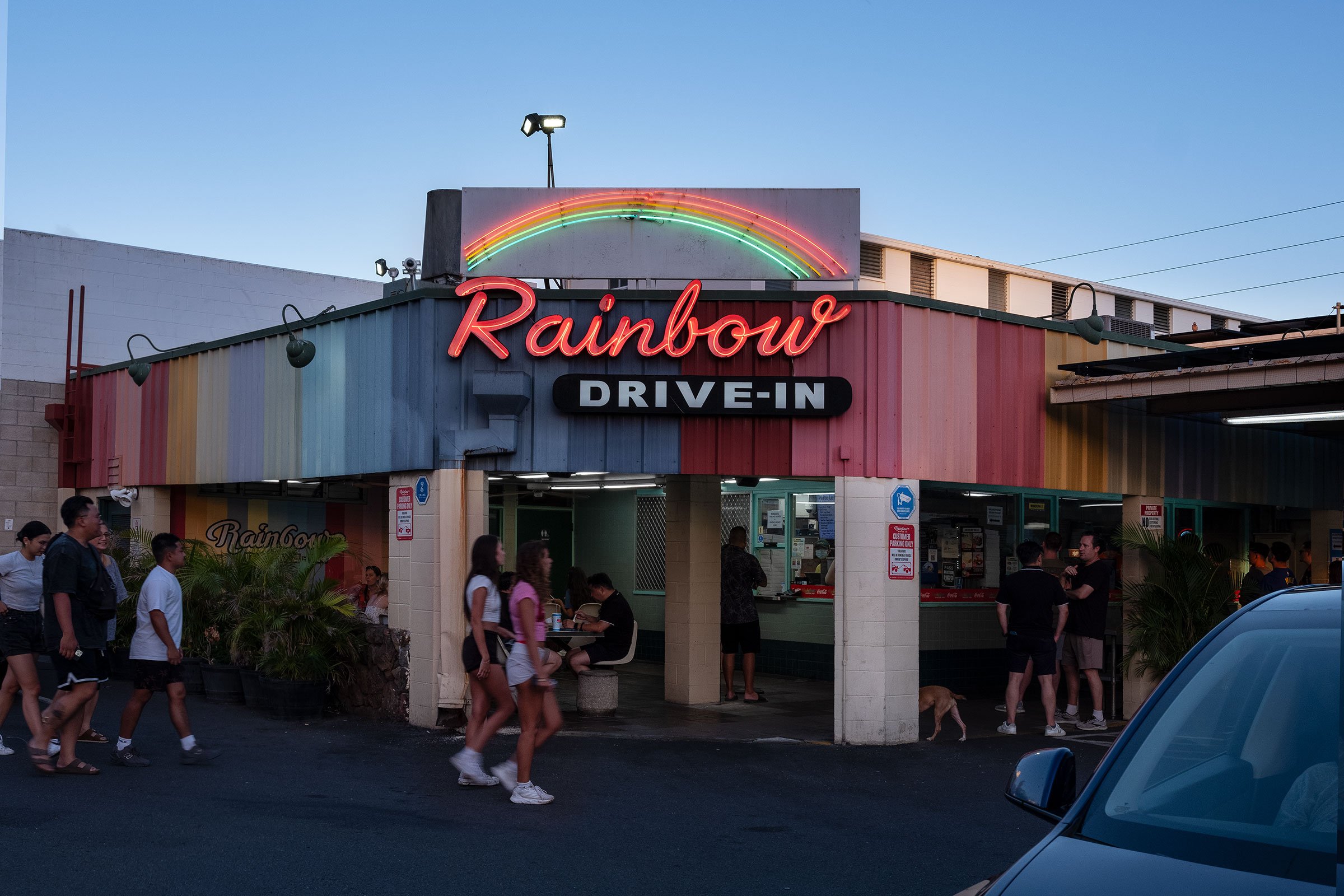
From burgers to fine dining, we’re eating out more than ever. But conversations at restaurants these days are often more about the price of our plates than what’s on them. We asked the owners of Rainbow Drive-In, EARL sandwich shops, Tangö Contemporary Café and the head of the Hawai‘i Restaurant Association to explain what’s behind this.
Let’s get to the point: The cost of eating out in Honolulu rose 5.8% in the year through July 2024, according to the U.S. Bureau of Labor Statistics. In fact, dining out here costs 31.6% more than it did three years ago. The impact is even more of a blow when it hits our most beloved sanctums for comfort food. L&L Hawaiian Barbecue’s BBQ Mix Plate was roughly $12 in early 2020; today it’s $16.95. A Zip Pac at Zippy’s is $15.50, up from $10.90 pre-pandemic. And Rainbow Drive-In’s Mix Plate broke through the $10 ceiling in 2020 and is now $13.75.
What’s going on?
No restaurant owner wants to raise prices. But across the board, ingredient costs are up because of pandemic-induced supply chain disruptions and the war in Ukraine, a major exporter of grains, cooking oil and other food products. Locally, increases in the minimum wage on top of an already acute labor shortage among restaurant workers are also driving up costs. Hawai‘i’s not alone—minimum wage is going up across much of the country not just to help workers struggling with high costs of living, but to bolster local economies.
After years of incremental increases, the state’s minimum wage went from $10.10 an hour in 2018 to $14 an hour this year. In 2028, it will rise to $18 an hour. “If you were paying $10.10 to your dishwashers four years ago, today, they’re expecting $16 or $18. That’s your starting point,” says Ryan Tanaka, president of the Hawai‘i Restaurant Association. “As you move forward from prep cook to line cook to sous chef to executive chef, everything is going up. That’s why your cost per plate is increasing substantially.”
The head of Giovanni Pastrami Restaurant Group, whose four restaurants have a combined 175 employees, also points to rising costs of insurance, including health insurance for workers. “Restaurants really have no choice. Costs have skyrocketed,” Tanaka says.

And there’s not much wiggle room.
At Rainbow Drive-In, labor costs have gone up 36% since 2021. “We’re starting at $17, but our average is like $18 to $19. I think it’s just really difficult these days to attract anybody to come into food service, especially the kitchen side,” says CEO Chris Iwamura. “We operate our business based on the prime cost. That’s your food costs plus labor costs. For our restaurant, in the fast-food industry, we want it around 60%. Since 2020, we’ve been around 65%, and that’s high.”
Restaurants use any remaining money they make to pay for rent, utilities, marketing, insurance and other expenses. If food and labor add up to more than 60%, that leaves less money for everything else, including profits. There’s only so long even Rainbow Drive-In can hold out at 65%.
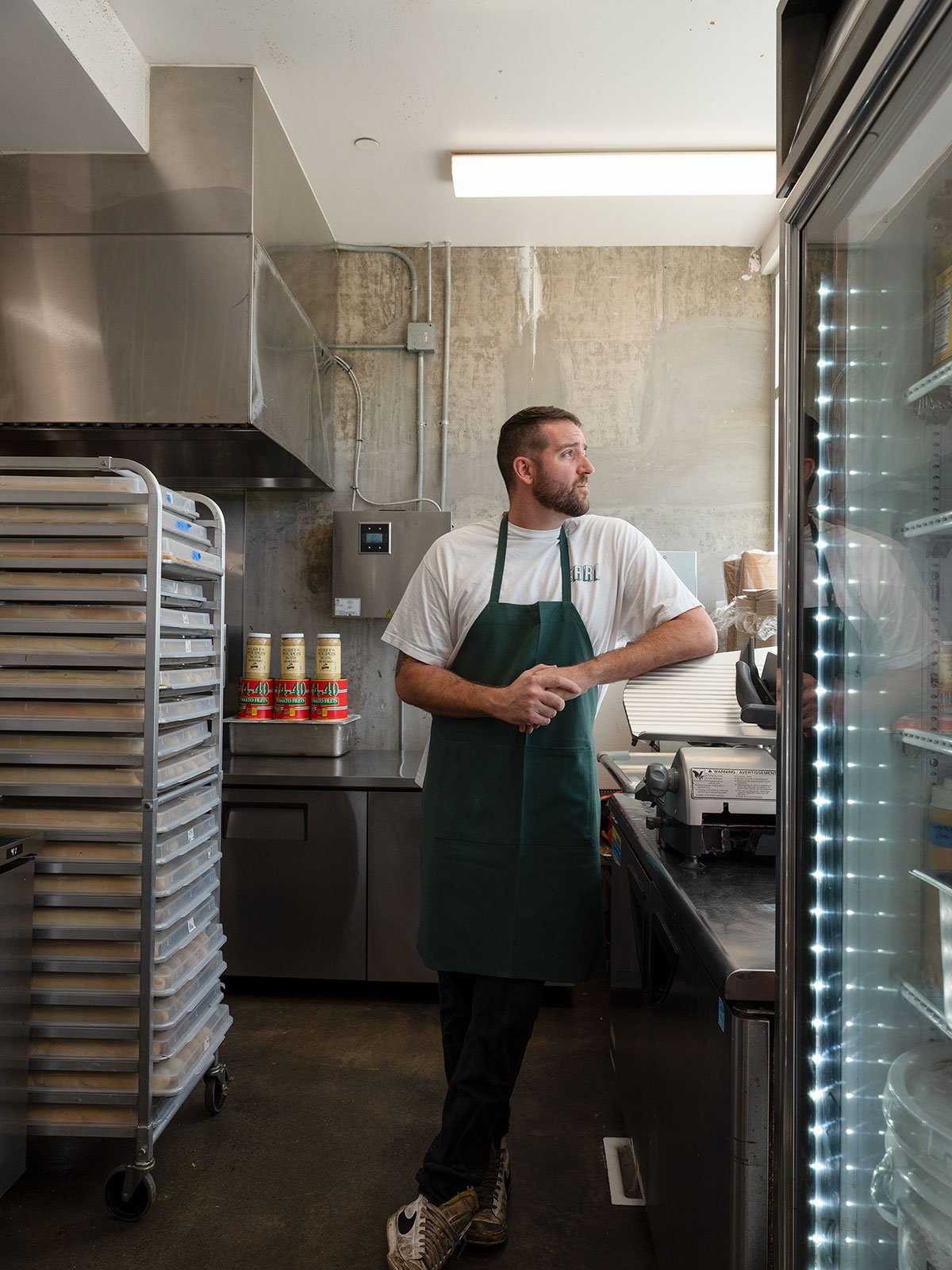
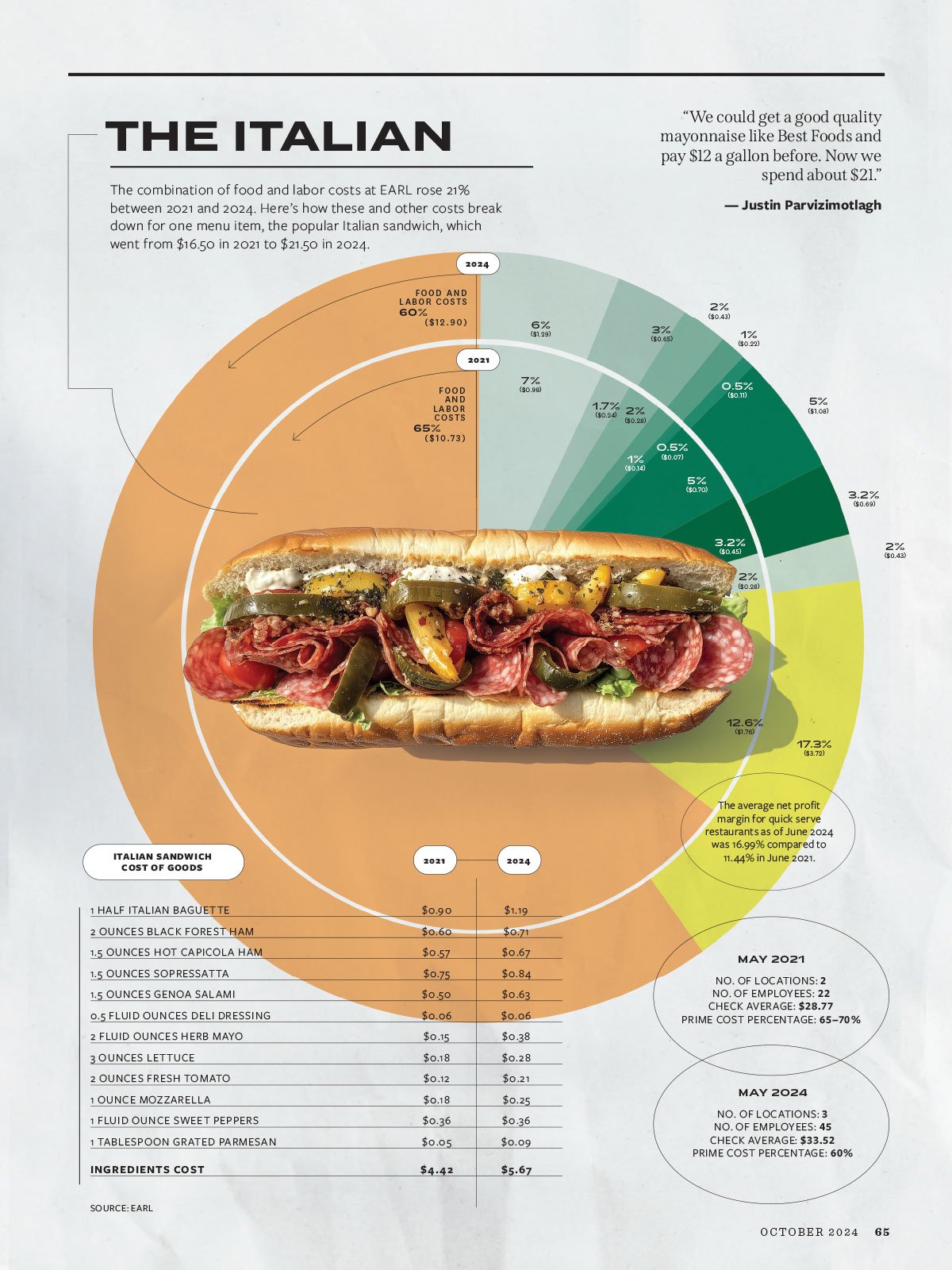
It’s a similar story at EARL. “Mayonnaise has almost doubled in price,” owner Justin Parvizimotlagh says. “We could get a good quality mayonnaise like Best Foods and pay $12 a gallon before. Now, we spend about $21 a gallon. We use so much mayonnaise that it went from me spending like $1,000 a month to almost $2,000 a month. That’s just on one product.”
Ingredients are one thing; labor is an entirely different story. At Kapa Hale during the pandemic, 10 people answered a job opening for a cook, one came to the interview, was hired—and never showed up for work. It still happens today, to the chagrin of restaurateurs.
Iwamura estimates that turnover costs Rainbow Drive-In $750 to $1,000 per hire. That money goes into posting job openings, interviewing, onboarding, training and uniforms. “We invest a lot of labor time for people that will show up for the interview, complete the paperwork and then not show up on day one,” he says.
Add the ongoing effects of COVID-19—workers who test positive have to self-isolate—and trying to manage staffing levels gets even trickier, especially for sit-down restaurants that employ servers. That’s why many of our restaurant conversations aren’t just about prices, they’re about increasing wait times, too.
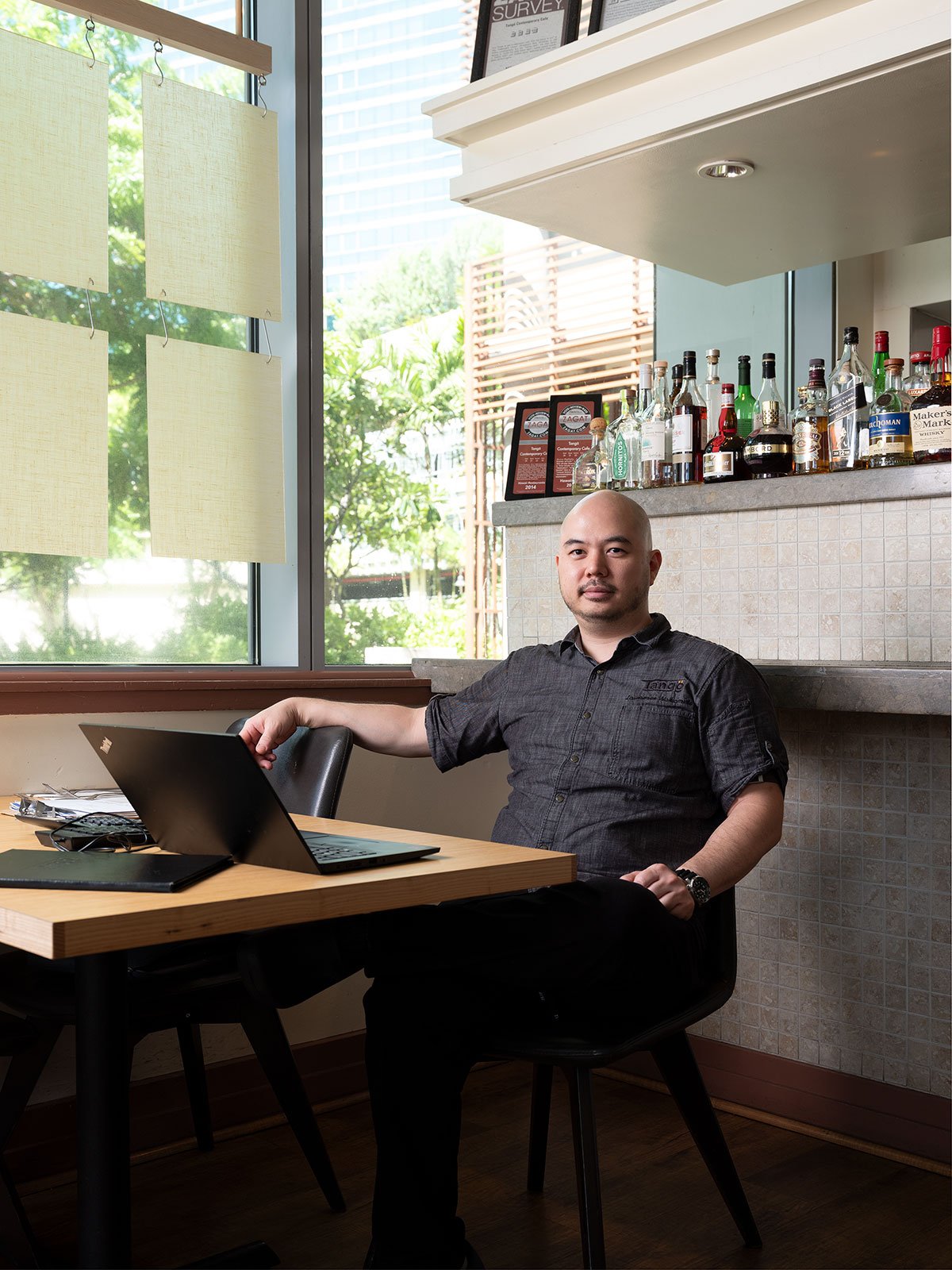
* * *
“We’ll cut staff on slower days to keep our expenses down,
and suddenly, we get a bunch of walk-ins.”
—Lawrence Nakamoto
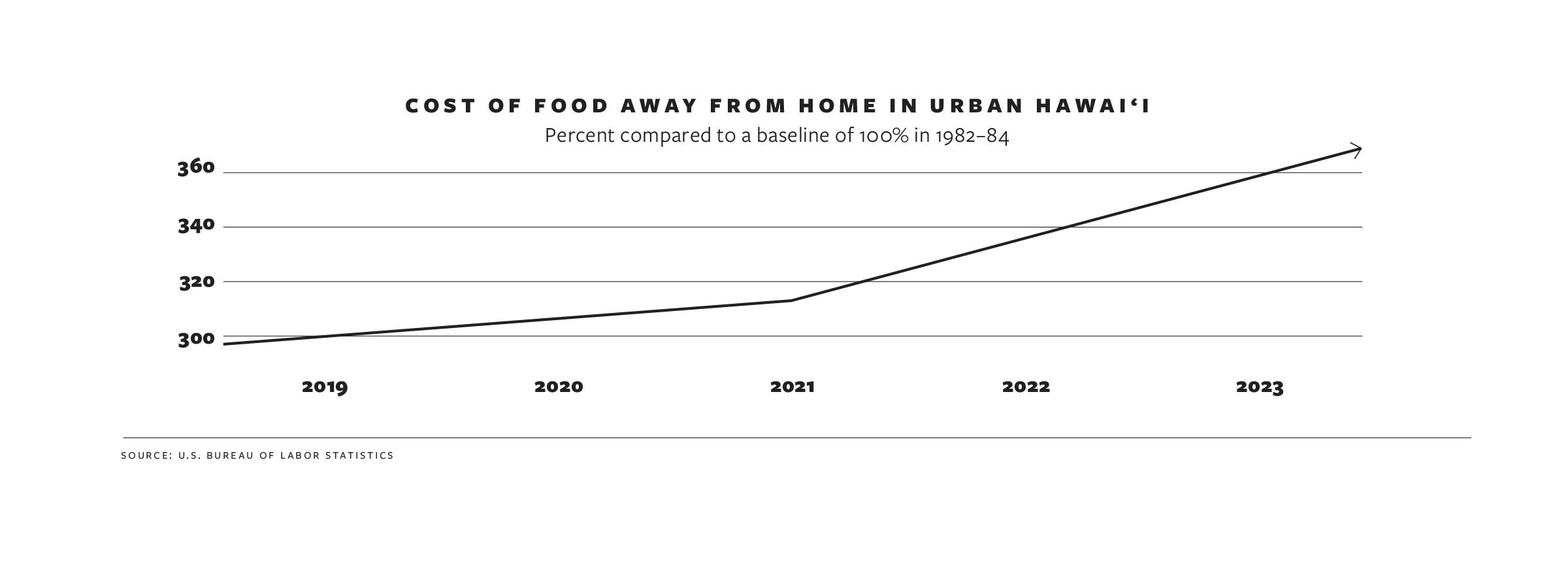
“It’s a struggle to keep somebody on the line,” says Lawrence Nakamoto, co-owner and chef of Tangö Contemporary Café. “It affects service and why we may take longer in the kitchen. We’ll cut staff on slower days to keep our expenses down, and suddenly, we get a bunch of walk-ins.”
One solution at Rainbow Drive-In on Kapahulu has been to close on Mondays, at least for the time being. “We can’t push our employees past their limit,” Iwamura says. “We don’t have enough staff to operate. For that day, we don’t have income but we’re still paying rent and electricity to run everything. Those days take a toll.”
What’s the bottom line for diners also dealing with rising prices for groceries, housing and life in general? The answer may be intention. Next time you dine out, now that you understand why your plate lunch, Italian sub and mushroom risotto cost more, try shifting your focus to the qualities that keep you coming back to your favorite eateries. And keep supporting them.
SEE ALSO: Local Online Grocer Farm Link Builds Up Hawai‘i’s Food Systems
Hawai‘i’s Minimum Wage per hour
1980–2028
1980 – $3.10 per hour
1990 – $3.85 per hour
2000 – $5.25 per hour
2010 – $7.25 per hour
2018 – $10.10 per hour
2022 – $12 per hour
2024 – $14 per hour
2026 – $16 per hour (Effective Jan. 1, 2026)
2028 – $18 per hour (Effective Jan. 1, 2028)
